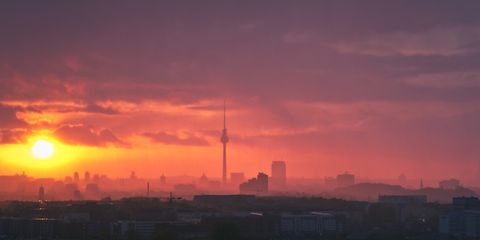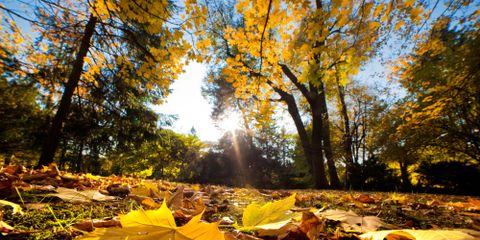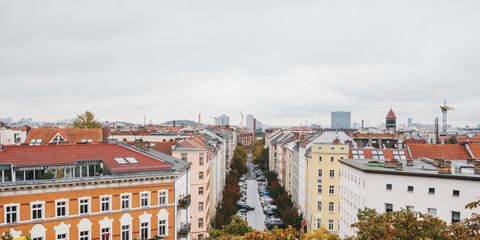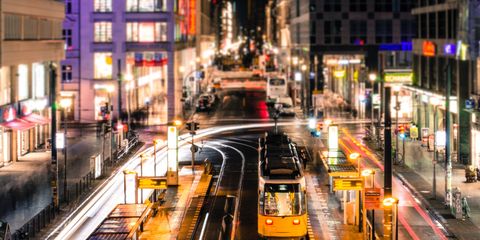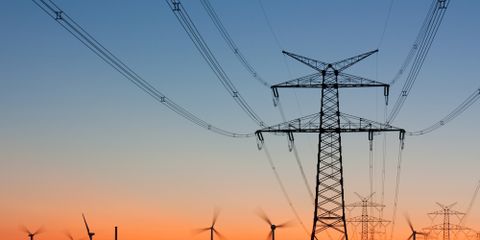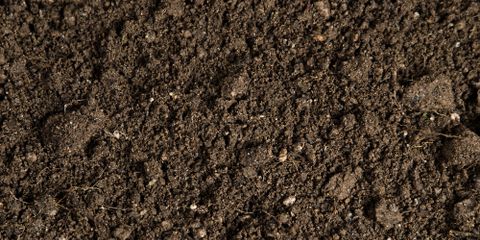
Image: Samiylenko - Forolia.com
Soil
Our life is literally grounded on soil. Beyond that, soils are a record of our natural and cultural heritage. Visit our topic “Soil” to discover what Berlin’s soils reveal about the development of the city and find out what’s beneath your feet. Soil




